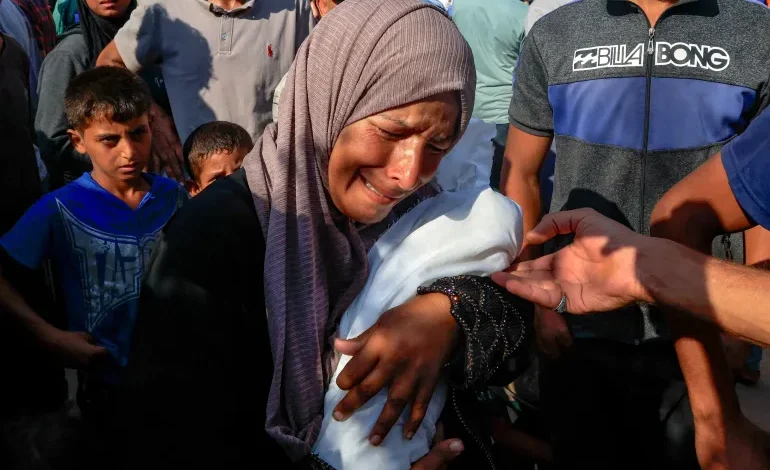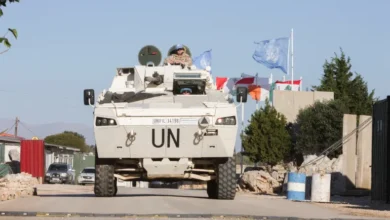Why is the UN not declaring famine in Gaza?
Moncef Khane

On July 9, 2024, no fewer than 11 experts mandated by the United Nations Human Rights Council issued a mayday call about famine in Gaza.
“We declare that Israel’s intentional and targeted starvation campaign against the Palestinian people is a form of genocidal violence and has resulted in famine across all of Gaza. We call upon the international community to prioritise the delivery of humanitarian aid by land by any means necessary, end Israel’s siege, and establish a ceasefire,” their statement read.Among the experts were Michael Fakhri, special rapporteur on the right to food, Pedro Arrojo-Agudo, special rapporteur on the human rights to safe drinking water and sanitation, and Francesca Albanese, special rapporteur on the situation of human rights in the Palestinian territory occupied since 1967. In their opinion, the death of children from starvation despite attempts to provide them with medical treatment in central Gaza left no room for equivocation.
While “famine” is generally understood as an acute lack of nutrition which would lead to starvation and death of a group of people or an entire population, there is no universally accepted definition of the concept in international law.
However, in 2004, the Food and Agriculture Organization (FAO) developed the Integrated Food Security Phase Classification (IPC), a five-stage quantitative humanitarian scale to map the food insecurity of a population.
The aim of this evaluation instrument is to spur collective action when food insecurity is identified and prevent such situations from reaching Level 5 on the IPC scale when famine is confirmed and declared. It has been used by FAO, the World Food Programme (WFP) and their partners as a scientific, data-driven tool for the past 20 years.The IPC quantifiable criteria for declaring famine are gruesomely straightforward: 20 percent or more of households in an area face extreme food shortages with a limited ability to cope; acute malnutrition in children exceeds 30 percent; and the death rate exceeds two people per 10,000 per day. When these three benchmarks are met, “famine” needs to be declared. Although it does not trigger legal or treaty obligations, it is nevertheless an important political signal to compel an international humanitarian action.
If the aforementioned experts could conclude, in unison and over a year ago, that famine was present in the besieged Gaza Strip, it is hard to understand why the competent UN entities and executive heads have not yet reached the conclusion that Level 5 has been reached by July of this year, after over four months of a medieval siege.
In the era of real-time information transmitted to smartphones the world over, the reality of fatal levels of food insecurity is glaring and unconscionable. Images of emaciated bodies reminiscent of those taken in Nazi concentration camps tell the macabre tale of the reality in Gaza, blockaded by the uncompromising Israeli occupation forces.
And yet, even against the backdrop of UN agency for Palestinian refugees (UNRWA) warnings issued on July 20 that one million children in Gaza are facing the risk of starvation, “famine” is not yet declared.










